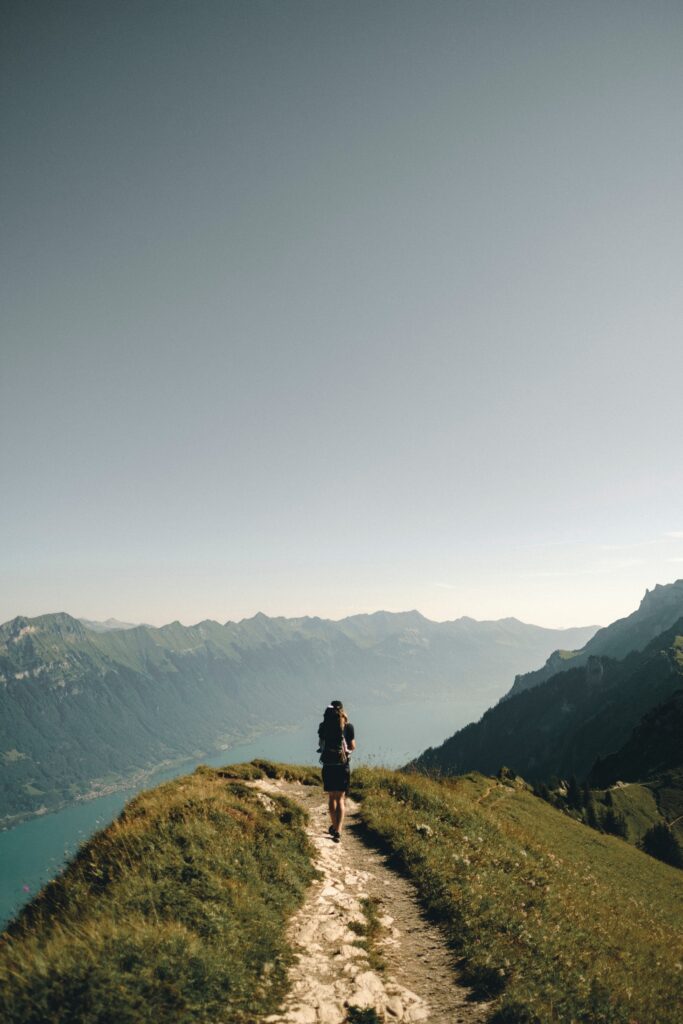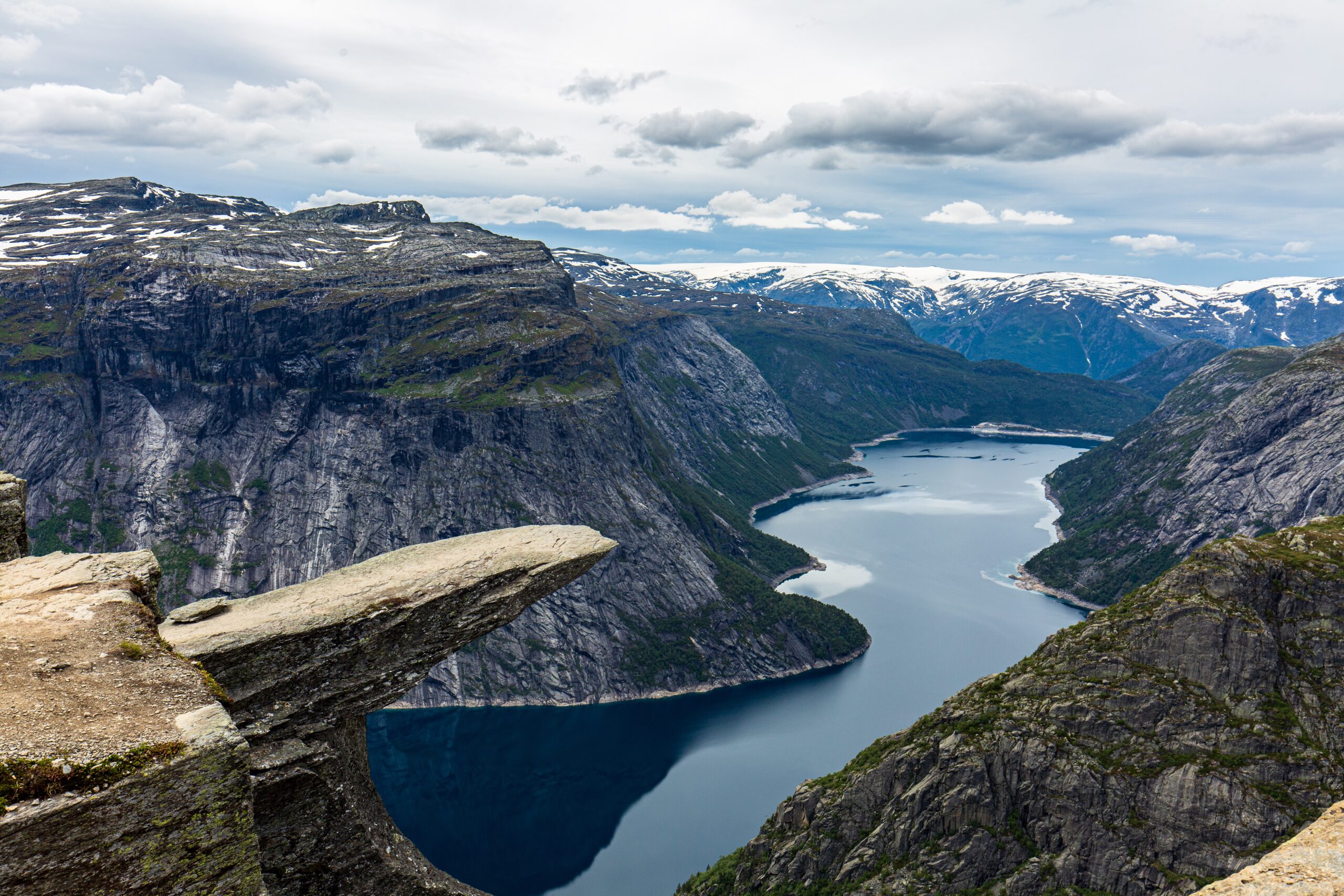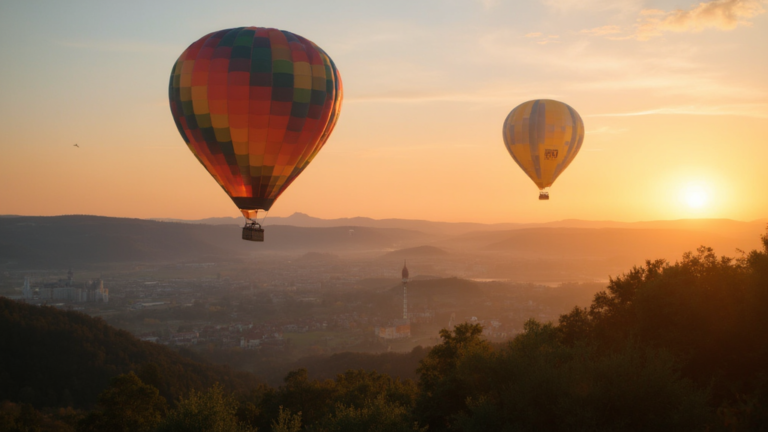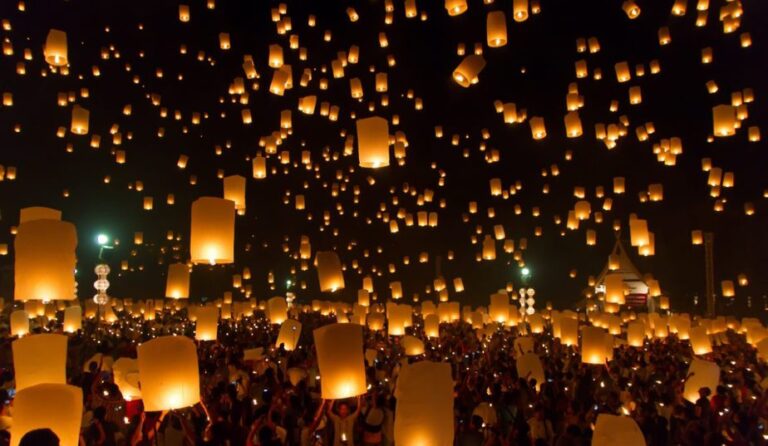Guide Trolltunga Hike and Helpful Tips
Trolltunga Guide: Explore the Enchanting World of Nature
Beyond the text lies the Trolltunga Guide, opening a door for anyone eager to delve into the captivating realm of one of Norway’s exceptional natural wonders. In addition to the content provided, this guide offers insights into the rich history of Trolltunga, preparation tips for the journey, detailed routes, and highlights of the must-visit spots in the area. Adorned with the magic of nature, this guide serves as your compass to ensure an unforgettable Trolltunga experience. Step into the enchantment of nature and savor the breathtaking vistas awaiting your exploration!
Contents
How Long Does the Trolltunga Hike Take?
The Trolltunga trail covers a challenging 28-kilometer (approx. 17 miles) distance with an elevation gain of 800 meters (2,600 feet), beginning at Skjeggedal. Completing this trek typically takes anywhere from 8 to 12 hours, depending on individual walking speed.
This demanding hike demands top-notch physical fitness and suitable hiking equipment. The path along the mountainside is rugged and uneven, potentially slippery during wet or snowy weather conditions.

- From Tyssedal, the 38-kilometer round hike to Trolltunga takes around 15 hours with a 2000-meter ascent.
- From Skjeggedal, the 27-kilometer round hike to Trolltunga takes 8-12 hours with 1200 meters elevation gain.
- From Magelitopp, the 20-kilometer round hike to Trolltunga takes 7-10 hours with around a 1000-meter ascent.
Top Tips for the Hike to Trolltunga in Norway
Check Weather and Trail Conditions Beforehand: Prioritize safety by staying informed about weather and trail conditions before embarking on your Trolltunga hike. Due to Norway’s famously unpredictable weather, checking forecasts beforehand is crucial.
Carry a Printed Map: Carry a physical map alongside your hiking gear. Though the trail is well-marked, having a map as a backup ensures you stay on track and provides reliability without relying on your phone’s battery life.
Be Aware of Rest Areas and Emergency Huts: Familiarize yourself with designated rest areas and emergency huts along the route. Knowing these locations ensures you can take breaks or seek help if needed during your journey to Trolltunga.
Go with a Guide, Group, or Partner for Safety: Consider hiking with a guide, in a group, or with a partner for safety. Guides are necessary during the off-season (October – May) and recommended during the peak season (June – September) to enhance safety and overall experience.
Inform Someone About Your Plans: Inform someone about your hiking plans for Trolltunga. If hiking solo, sharing your itinerary with someone can be crucial for safety reasons.
Stick Strictly to the Marked Trail: Adhere strictly to the marked trail at Trolltunga to ensure you don’t lose the path. Staying on the designated path is imperative to avoid getting lost during the hike.
Book Accommodation and Travel in Advance: Plan and reserve accommodations and travel well in advance, especially during peak seasons. Given Trolltunga’s popularity, securing accommodations and transportation early is advised to avoid any inconvenience.
How to get to Trolltunga?
To get from Oslo to Trolltunga, you generally have options such as using a car, bus, or train. Here are some of the travel options between these two points:
By Car: Driving from Oslo to Trolltunga can take approximately 5-6 hours, typically following the E134 and then the Rv13 route. The travel time can vary depending on traffic and weather conditions.
By Bus: If you prefer traveling by bus, you can take buses from Oslo to Bergen or Odda. From Odda, you can then use local buses or a taxi to reach Trolltunga.
By Train: There’s no direct train route from Oslo to Odda, but you can travel by train from Oslo to Bergen. After reaching Bergen, you can either take a bus or rent a car to get to Trolltunga.
Since the Trolltunga trail is a challenging hiking route, it’s crucial to have the right equipment and information. Considering the trail’s difficulty level and weather conditions is important. As it’s a long hike, bringing sufficient water, food, and suitable clothing is essential. Also, it’s important to check for updated information from local guidance resources and official websites to ensure the trail is open and safety measures are in place.
The Starting Point and Parking Area for Trolltunga
The starting point to reach Trolltunga is generally Skjeggedal. From Skjeggedal, you’ll embark on a hiking trail of approximately 10-12 kilometers to reach Trolltunga. The trail can be quite challenging and may require technical knowledge, so it’s essential to go equipped with the right gear and sufficient information.
Trolltunga provides a parking area or parking lot for visitors. There’s a designated area in Skjeggedal where you can park your vehicles. However, especially during the summer months and tourist seasons, this parking lot can fill up quickly. It’s important to remember that arriving early or considering alternative transportation options might be beneficial.
As the hike to Trolltunga is a challenging trek in nature, it’s crucial to make necessary preparations before the hike, check for updated information, and take necessary safety measures.

The Best Time To Visit TrollTunga, Norway
The best time to visit Trolltunga is generally during the summer months, from June to September. These months typically offer milder weather conditions in Norway, and it’s when the snow melts and the trails become more accessible. During this period, the hiking route to Trolltunga is usually safer and easier to navigate.
Summer months come with longer days and milder weather, making it an ideal time to explore natural beauty and enjoy the scenery. However, it’s important to note that this period might attract more tourists and visitors, resulting in potentially crowded trails.
During the winter months, reaching Trolltunga can be quite challenging, with heavy snowfall leading to trail closures. Harsh weather conditions and shorter days can pose increased safety risks. That’s why the summer months are generally preferred for visiting Trolltunga. However, each season has its unique beauty to offer!







